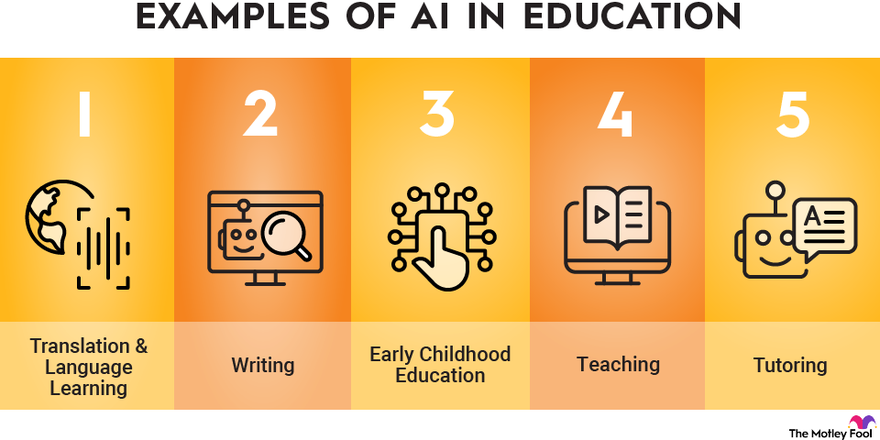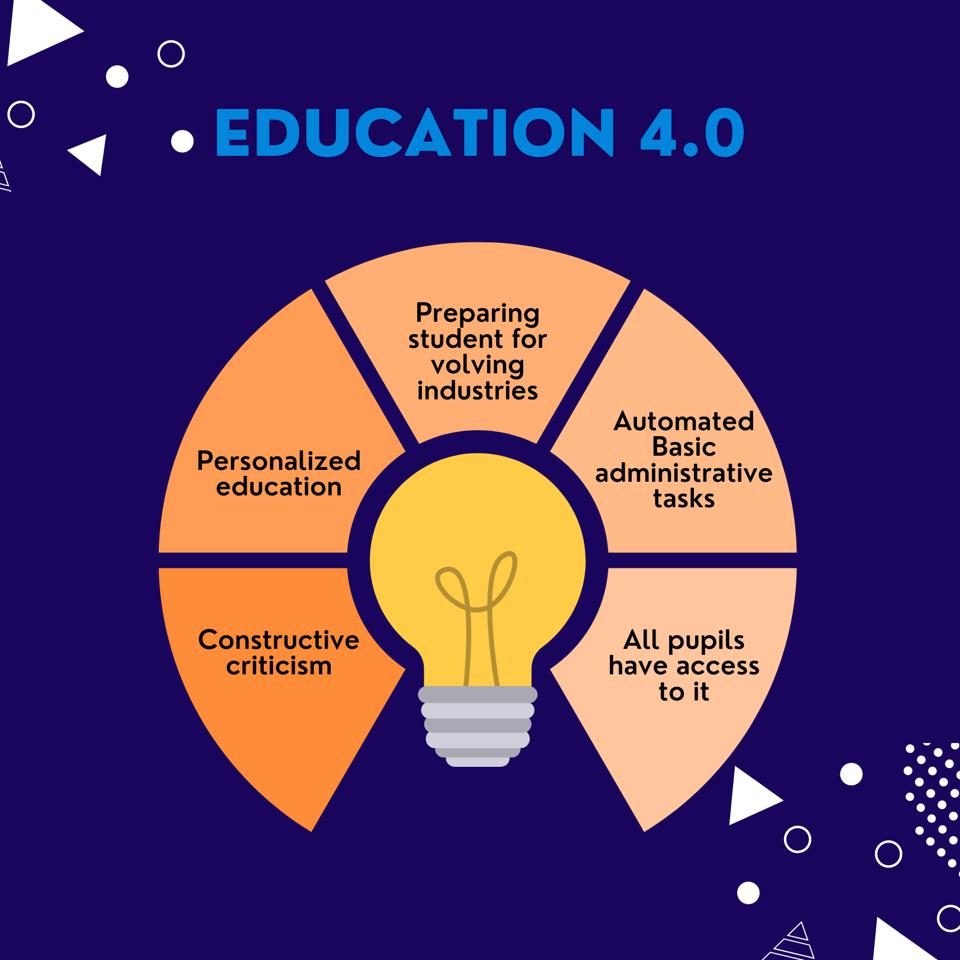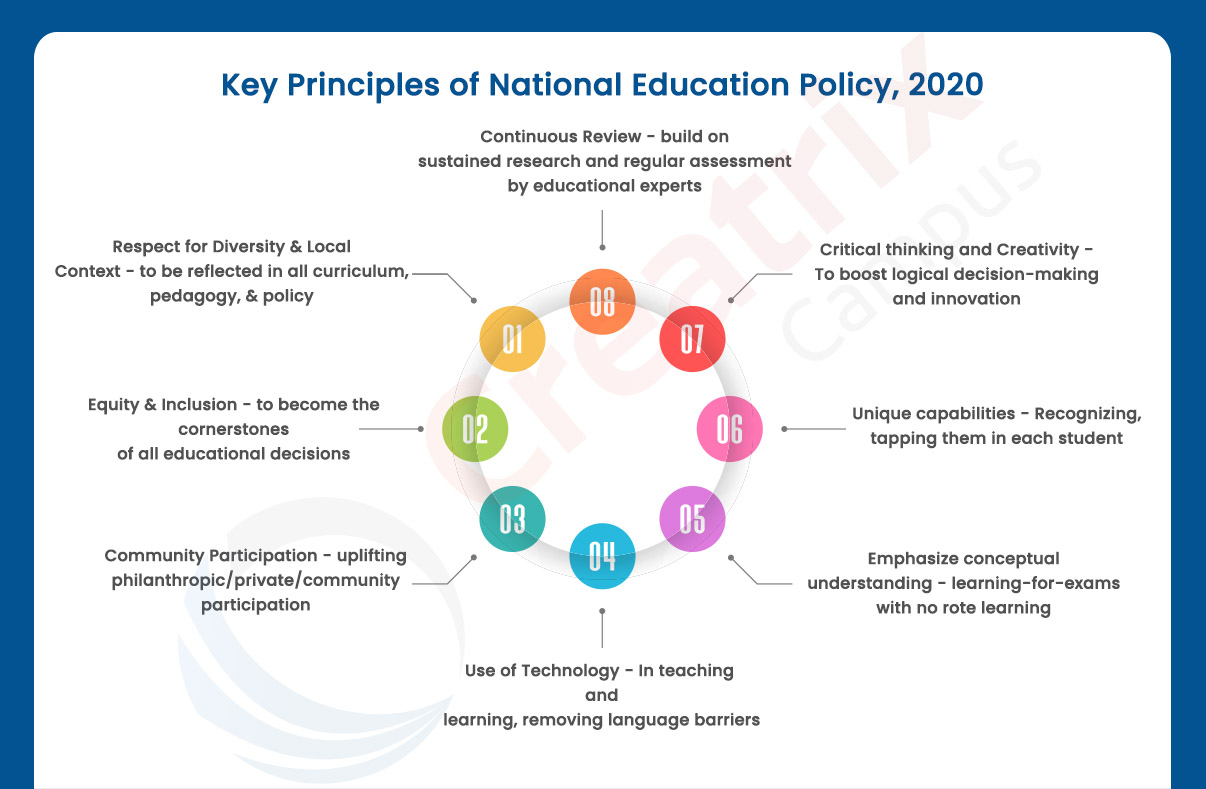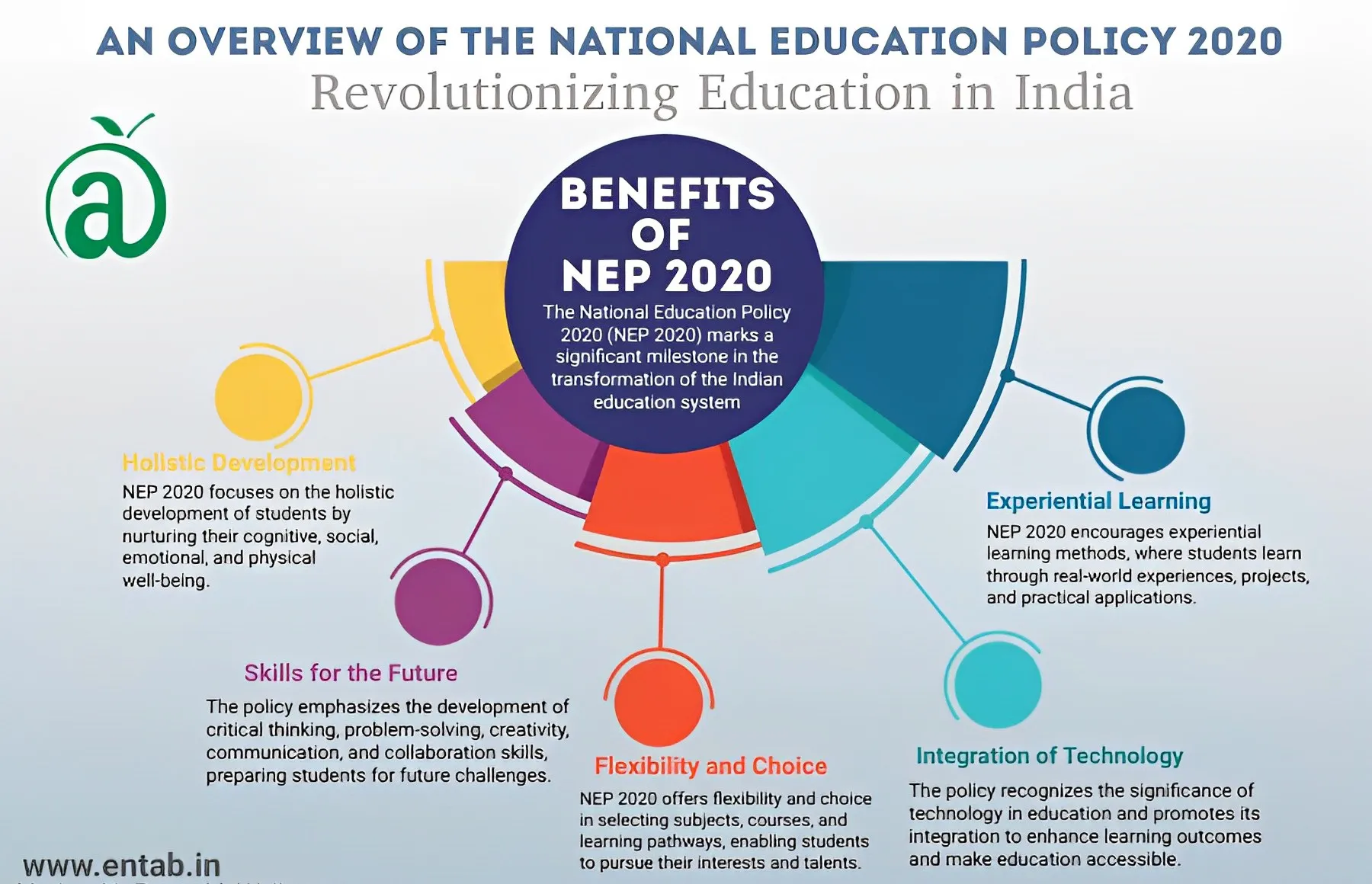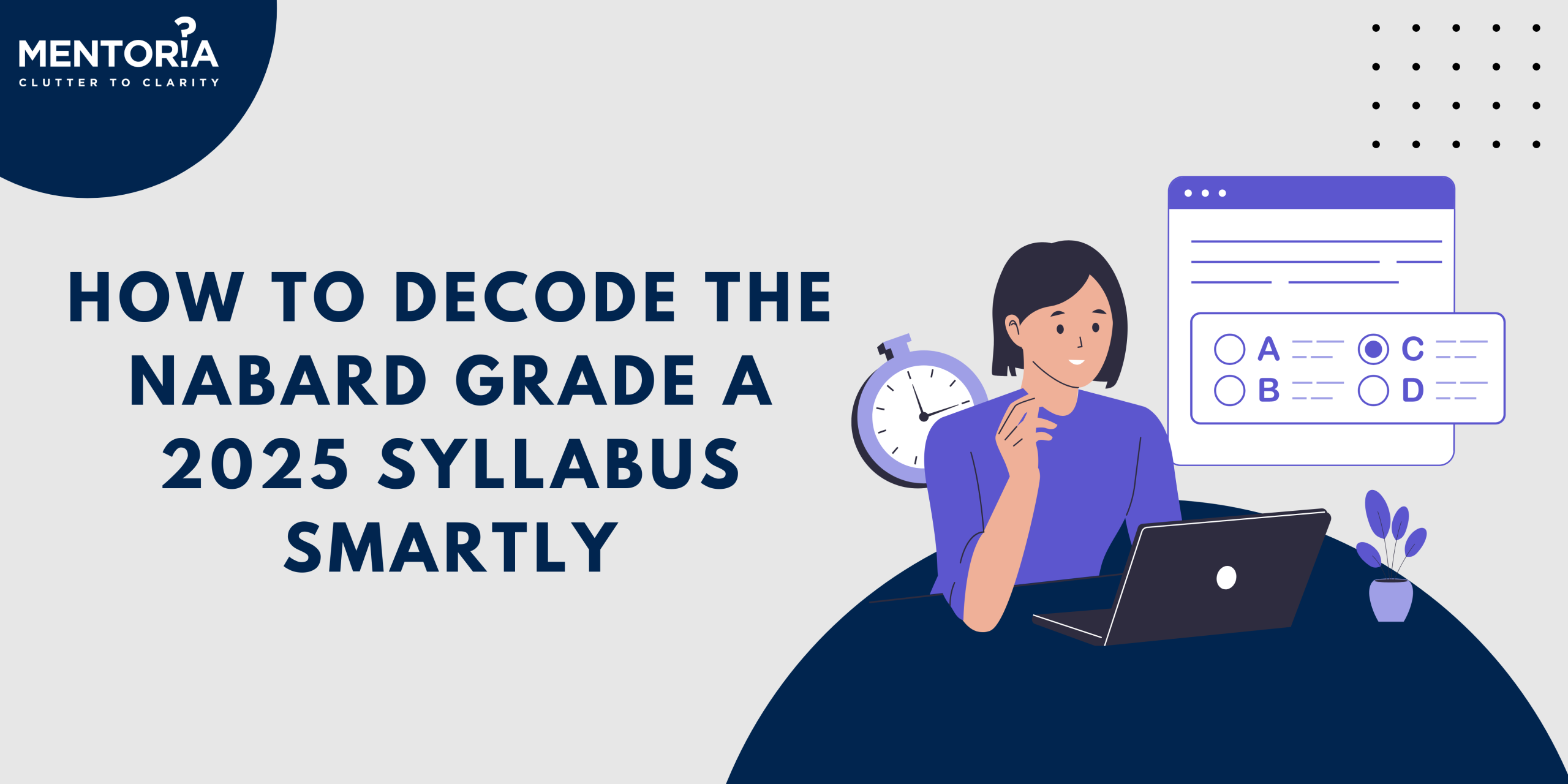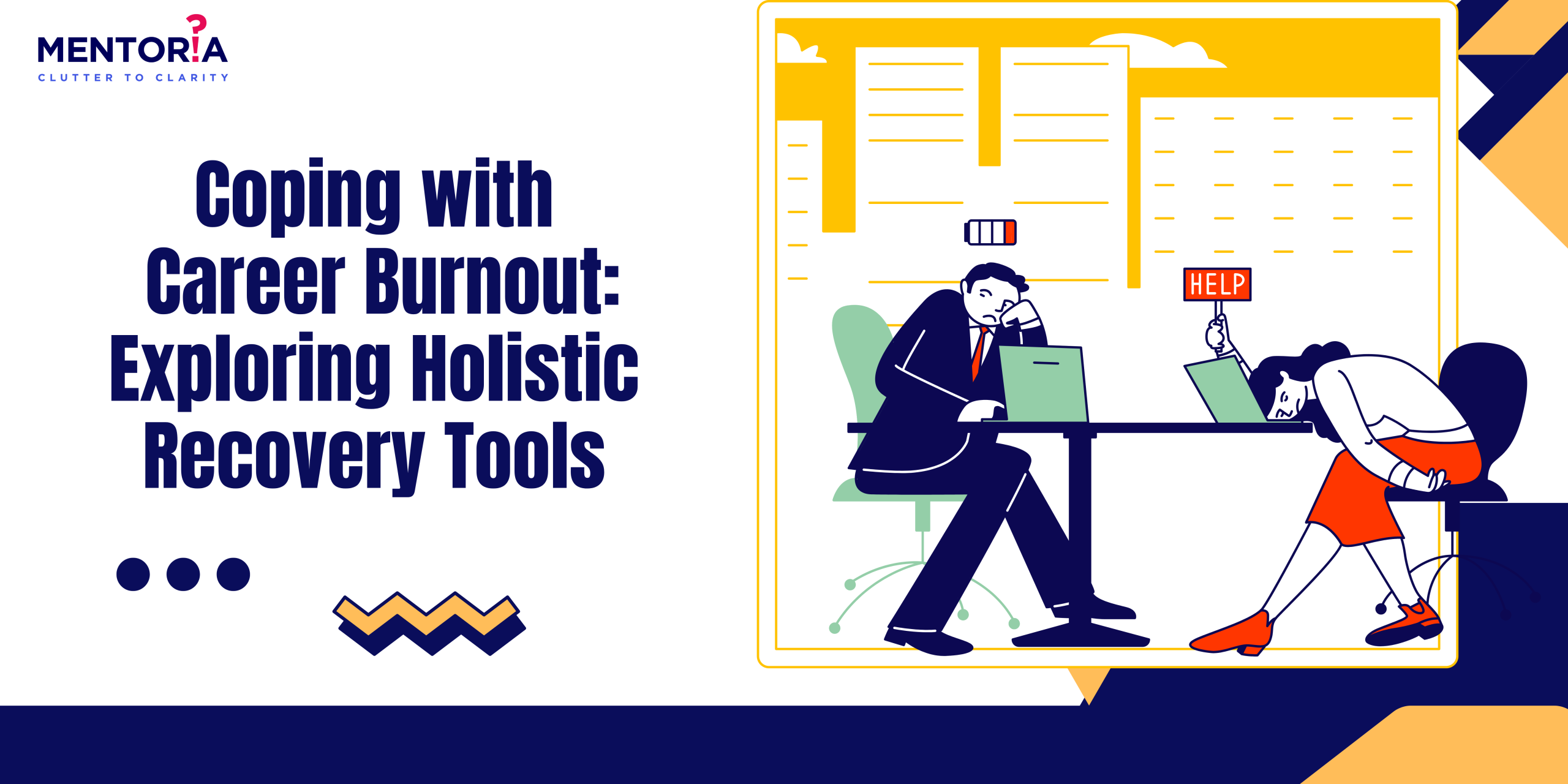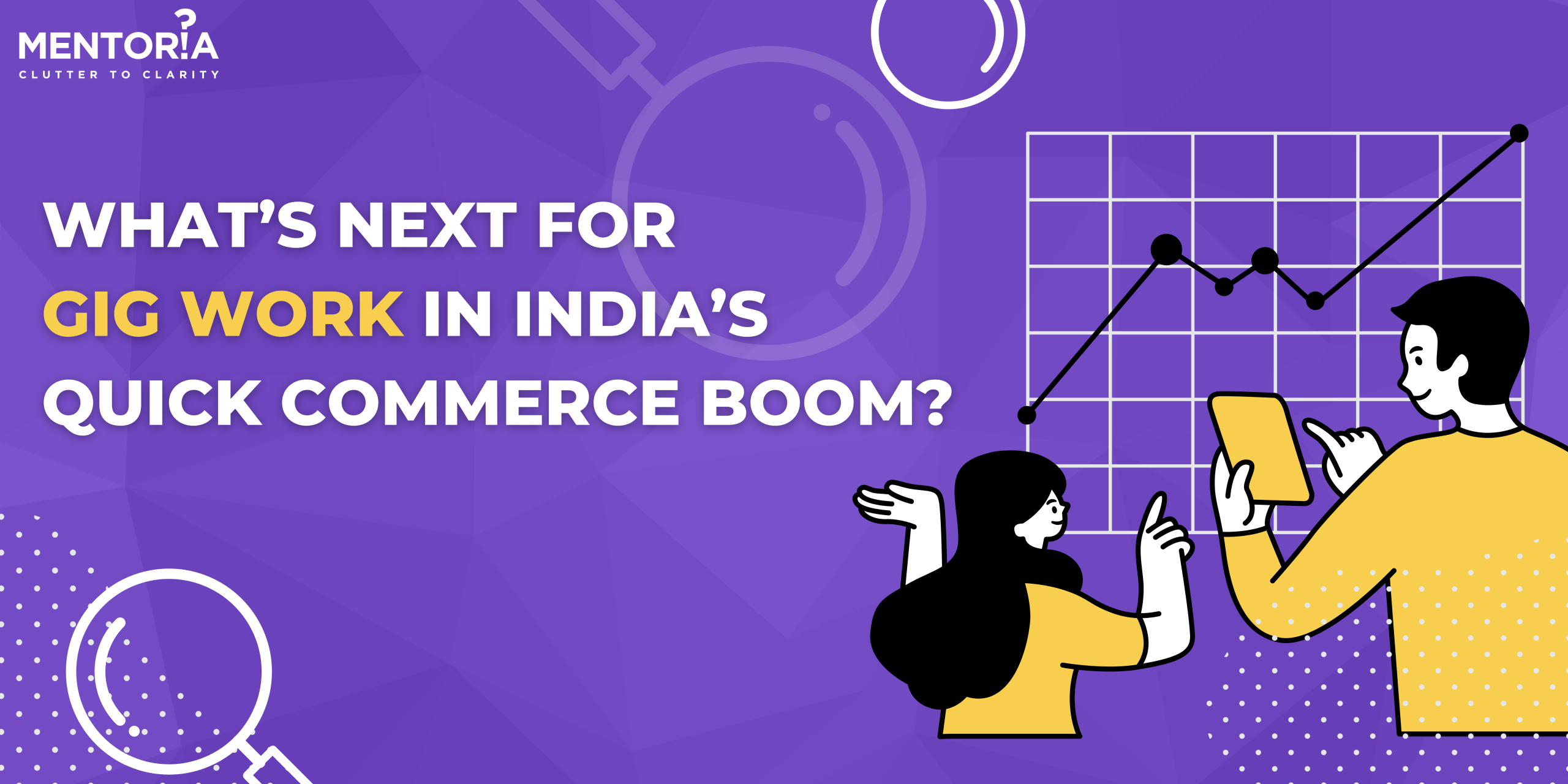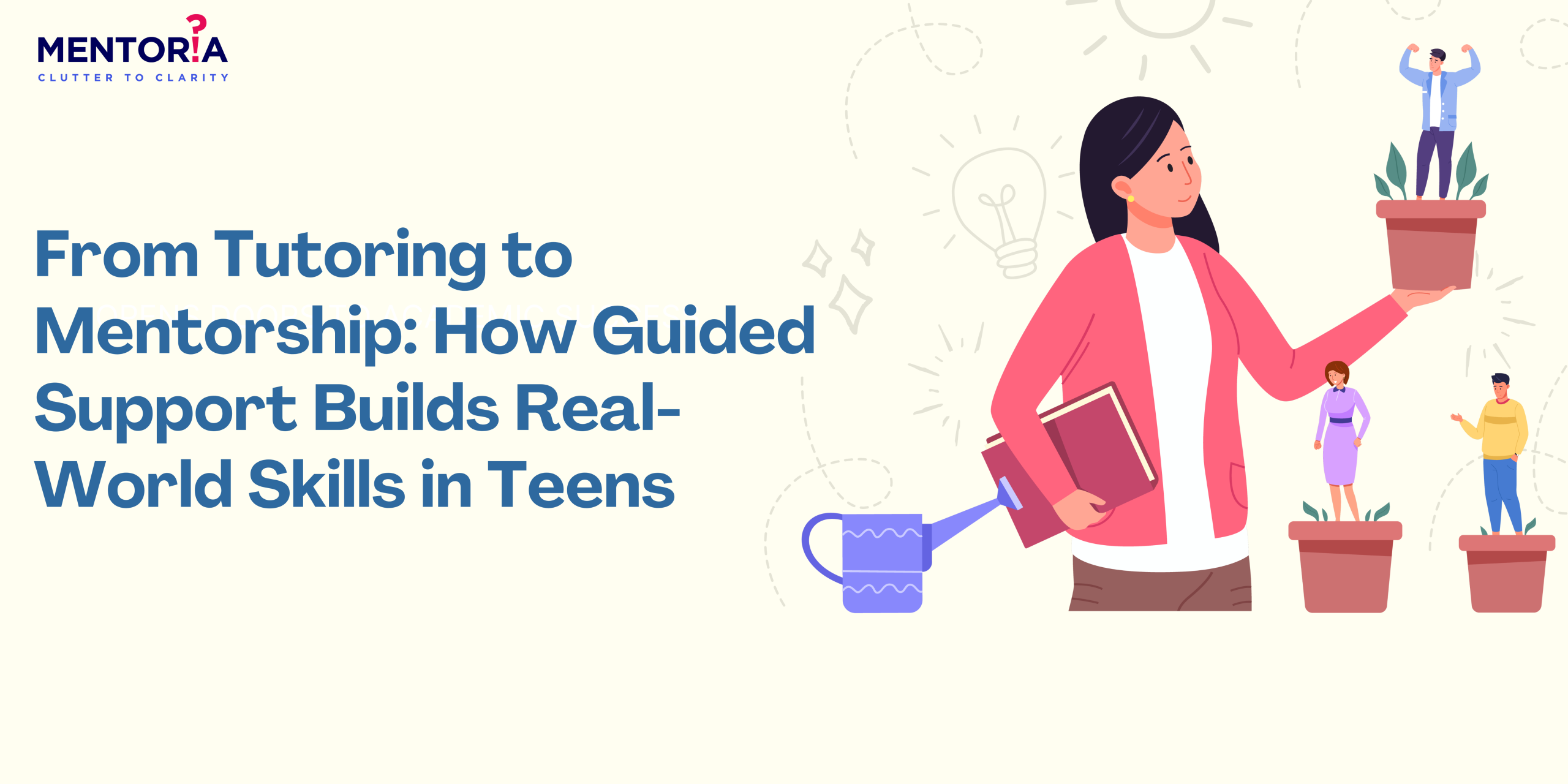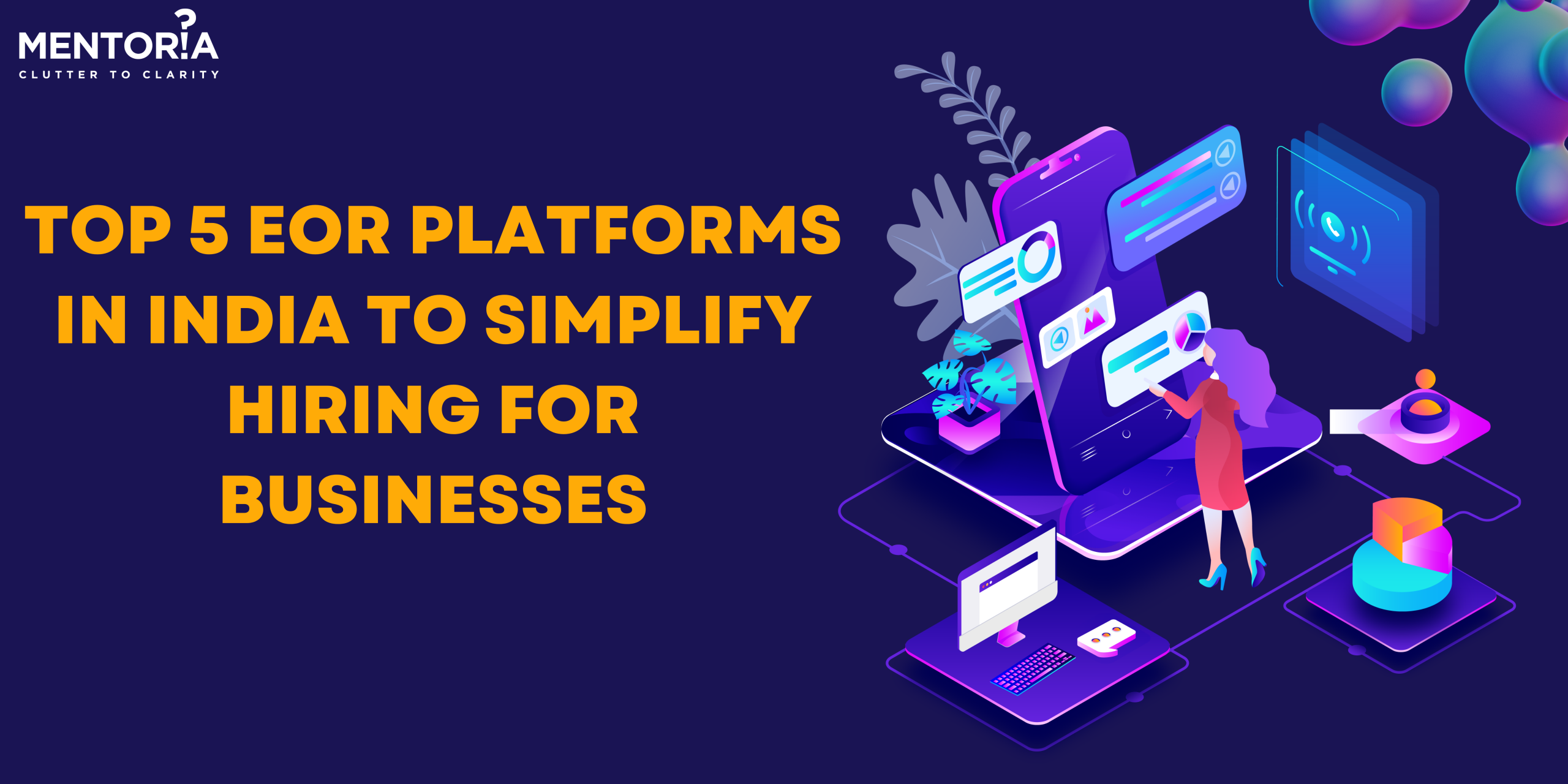Beyond Marks: How AI-Driven Learning and Career Coaching Build Holistic Student Growth
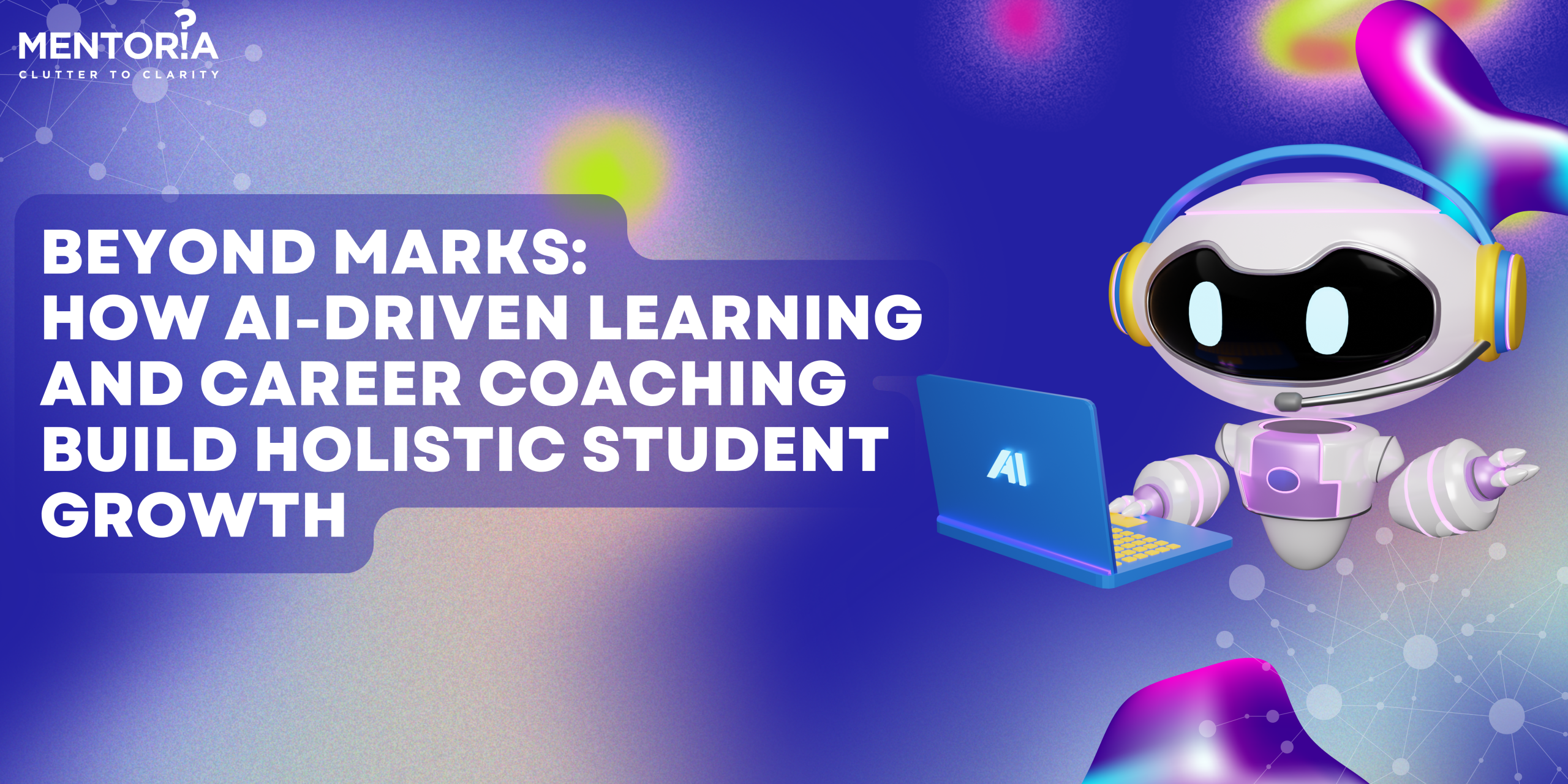
For a long time, marks and grades have been the main way to measure a student’s success. That’s how most of us grew up thinking about education. But now, things are starting to change. With AI stepping into classrooms and career guidance, the focus is shifting. It’s not just about scoring high anymore. It’s about helping students build real skills, make smarter choices, and get ready for life beyond school.
India’s vision for Viksit Bharat 2047 is already pushing this change. With over 1.5 million schools, more than 8.5 million teachers, and around 260 million students enrolled every year, the education system here is one of the biggest in the world. In higher education too, more than 40 million students enter over 1,000 universities and 42,000 colleges annually. But a lot of the system still runs on old rules. Outdated curriculums, limited ways of teaching, and traditional exams don’t match what students actually need in the real world.
That’s where AI comes in. It brings in tools that personalise learning, spot gaps early, and guide students with smart career insights. It helps teachers understand what works for each student and what doesn’t. Slowly, this shift is helping education in India move closer to global standards. In the next sections, let’s look at how AI and our new education system are working together to shape a new way of learning that’s more practical, personal, and future-ready.
The Vision of NEP 2020 and AI
Why Was NEP 2020 Introduced?
Think of a classroom where every student’s potential is truly valued. Where learning goes beyond just memorising facts and starts focusing on real understanding, creativity, and problem-solving. That’s the kind of future NEP 2020 wants to build.
This new education policy was introduced to fix the old system that mostly relied on rote learning. Instead of just preparing students to pass exams, NEP 2020 aims to prepare them for real-life challenges. It encourages deep thinking, curiosity, and creativity. More importantly, it promises to make education accessible to every child, no matter where they come from. The goal is to build a generation that is not only smart but also responsible, confident, and ready to shape a better society. With these changes, NEP 2020 hopes to create a stronger, more inclusive India.
Benefits of the NEP 2020 Structure (5+3+3+4)
Here’s a closer look at the benefits of NEP 2020 structure:
- Pre-school Becomes Part of School
The policy adds early childhood education to the formal school system. This helps lay a strong foundation during the most crucial years of a child’s growth. It also ensures that more children enroll in school early and get the support they need right from the beginning. - Less Pressure in the Early Years
Until middle school, there will be fewer exams. Students will be assessed in classes 3, 5, and 8 through school-level tests that focus on learning outcomes instead of just marks. - Hands-on Learning Through Activities and Internships
From Class 6 onwards, students will get to explore vocational courses and practical learning through internships. This gives them early exposure to real-world skills and lets them try out different interests. - Freedom to Choose Subjects
NEP 2020 introduces flexibility in choosing subjects. Students will no longer be limited to fixed streams. They can mix subjects from science, arts, and commerce based on what they enjoy and where they want to go in the future. - Flexibility to Take a Break and Return
Students who complete Class 10 can pause their education and come back later. This gives them time to think clearly about their career path without pressure. - Stress-Free and Holistic Assessments
Instead of testing how much a student can memorise, the new system will focus on real understanding. Board exams will be redesigned to test how well students can apply what they have learned in real-life situations.
How AI Supports the Vision of NEP 2020
As NEP 2020 focuses on preparing students for the real world, Artificial Intelligence plays a big role in bringing that vision to life. With the job market changing fast, students need more than just textbook knowledge. They need to learn how to think, adapt, and solve problems. This is where AI steps in.
AI-powered tools help students build future-ready skills like critical thinking, data analysis, and digital literacy. These are the kinds of abilities employers are already looking for. By introducing AI in classrooms, schools can give students hands-on exposure to the very technology shaping the future.
More importantly, AI makes learning more personalised and flexible. It can track a student’s progress and adjust the lessons based on what they need. Struggling with a concept? AI tools can offer extra help right when it’s needed. Moving ahead faster than the rest? The system can challenge students with more advanced topics. This level of customisation helps every student learn at their own pace and in their own way.
Understanding How AI is Changing Learning and Career Paths
Personalised Learning for Every Student: Not every student learns the same way, and AI gets that. With AI-powered platforms like Extramarks, lessons and practice materials are adapted to each student’s pace and style.Whether a student is a visual learner or needs more time with concepts, AI adjusts the content to suit them.
Smarter Assessments and Instant Feedback: AI tools now give quick, real-time feedback during assessments. They help students figure out what they’re doing well and where they need to focus more. This way, they can improve without waiting for a teacher to grade everything.
Virtual Assistants that Actually Help: Need help at 10 pm with homework? AI-powered chatbots and virtual tutors are available anytime. They answer doubts, explain concepts, and keep students moving forward even when class is over.
Learning That Fits: Long, boring chapters? AI breaks them into smaller parts, also known as microlearning. It gives students just the right content, when they need it, in a way that’s easy to understand and remember.
Learning That Feels Like a Game: AI can also turn learning into a fun challenge. By adding points, rewards, and levels, it keeps students motivated and excited to learn more. It’s not just studying anymore, it’s an Experience.
How AI is Opening New Career Paths
- Changing Jobs, Creating New Ones: AI is taking over routine tasks, but it’s also creating demand for new roles like AI developers, data scientists, and ethical AI specialists. It’s shifting how industries work and giving rise to careers that didn’t exist a decade ago.
- Smarter Career Choices with Data: AI tools now use a student’s interests, skills, and goals to help plan their career. They suggest the right paths, spot missing skills, and show what to learn next. It’s like having a career coach who knows students really well.
- Learning What Matters Most: As the job market keeps changing, upskilling is important. AI platforms help by offering focused training and courses based on current industry needs. They don’t just throw random content at students. They guide them on what’s worth learning.
- Better Job Search with Less Stress: Finding the right job is tough. AI tools make it easier by helping students polish their resumes, find openings that match their profile, and even predict how certain jobs can grow over time.
The Road Ahead: AI in Education and Careers
The role of AI in education and career planning is only going to grow from here. Instead of just focusing on marks or memorising facts, students are now being guided to think deeper, learn at their own pace, and prepare for a world that’s changing fast. AI is helping build skills that go beyond the classroom like decision-making, creativity, and adaptability. As this shift continues, students will be better equipped not just to score well in exams but to build careers and lives that are more aligned with who they are and what they truly want to do.
Closing Thoughts
AI is slowly changing how we look at learning and careers. It’s helping students go beyond just marks and focus on what really matters in the long run. With the right use of AI, learning can become more personal, more practical, and more future-ready. As we move ahead, it’s clear that this shift is not just helpful but necessary.
